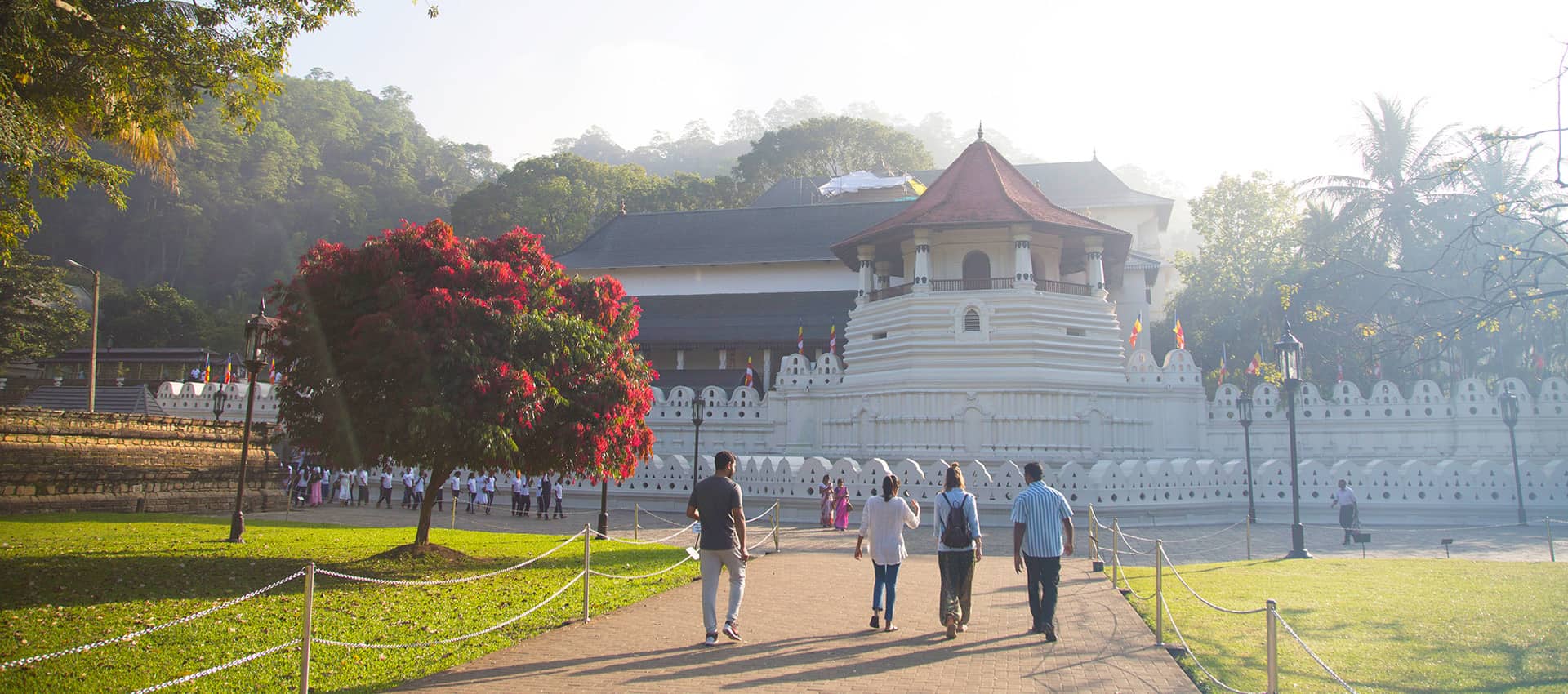Jaffna town boasts several beautiful and iconic examples of Sri Lankan architecture, some of which date back over one thousand years, and also houses structures which evidence the European colonisers who once fought to rule this region.
Jaffna, just like Trincomalee and Batticaloa along the east coast, has a Fort, first constructed in 1618 by the Portuguese then captured and expanded by the Dutch in 1658. It was a key strategical defence point for each colonial power and remained under the control of a British garrison until 1948 when Sri Lanka gained independence. Stroll around the ramparts which span over 20 hectares and still stand in testament to the military architectural prowess of the Dutch.
Other interesting pieces of colonial architecture in Jaffna include St. Mary’s Cathedral, a large Goanese-style structure with high-vaulted ceilings, towering interior arches and an altar framed by beautiful stained-glass windows. Several colonial-period churches can be seen along Main Street, well-preserved examples of Portuguese architectural styles from the 16th and 17th century.
Don’t miss out on visiting the Nallur Kandaswamy Kovil, arguably the most important Hindu temple in Sri Lanka which dates back to the 10th century. Spectacular in its enormity, colourful décor and popularity, it will astonish all who go and see it. The kovil that stands today was constructed in 1734, but has been continually renovated to increase its grandeur, and how boasts four iconic Gopurams (tower of monuments),six Bell Towers and dramatic fortified walls. A highlight is the ornately-carved five-storey tower at the main entrance, designed in the Dravidian architectural style.



